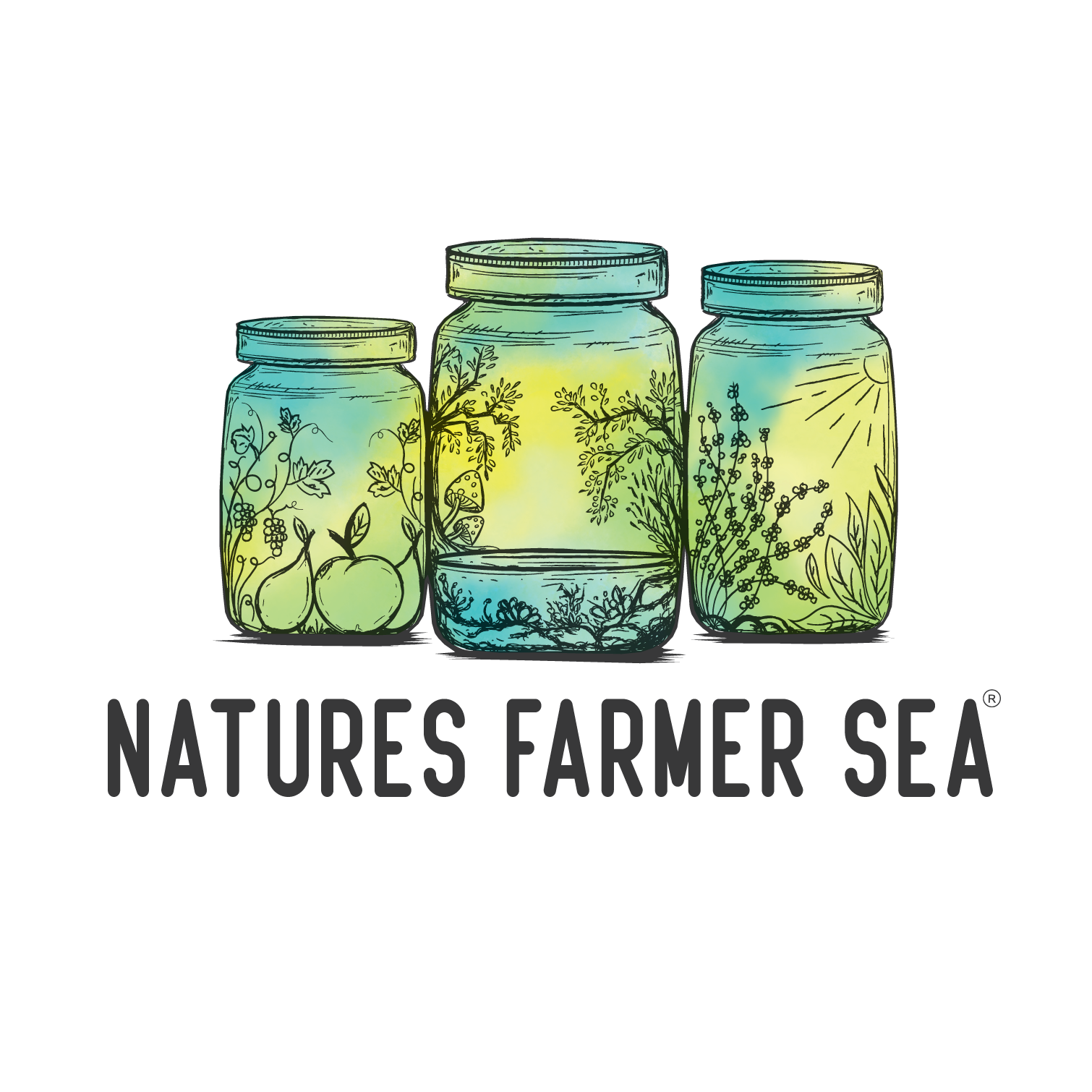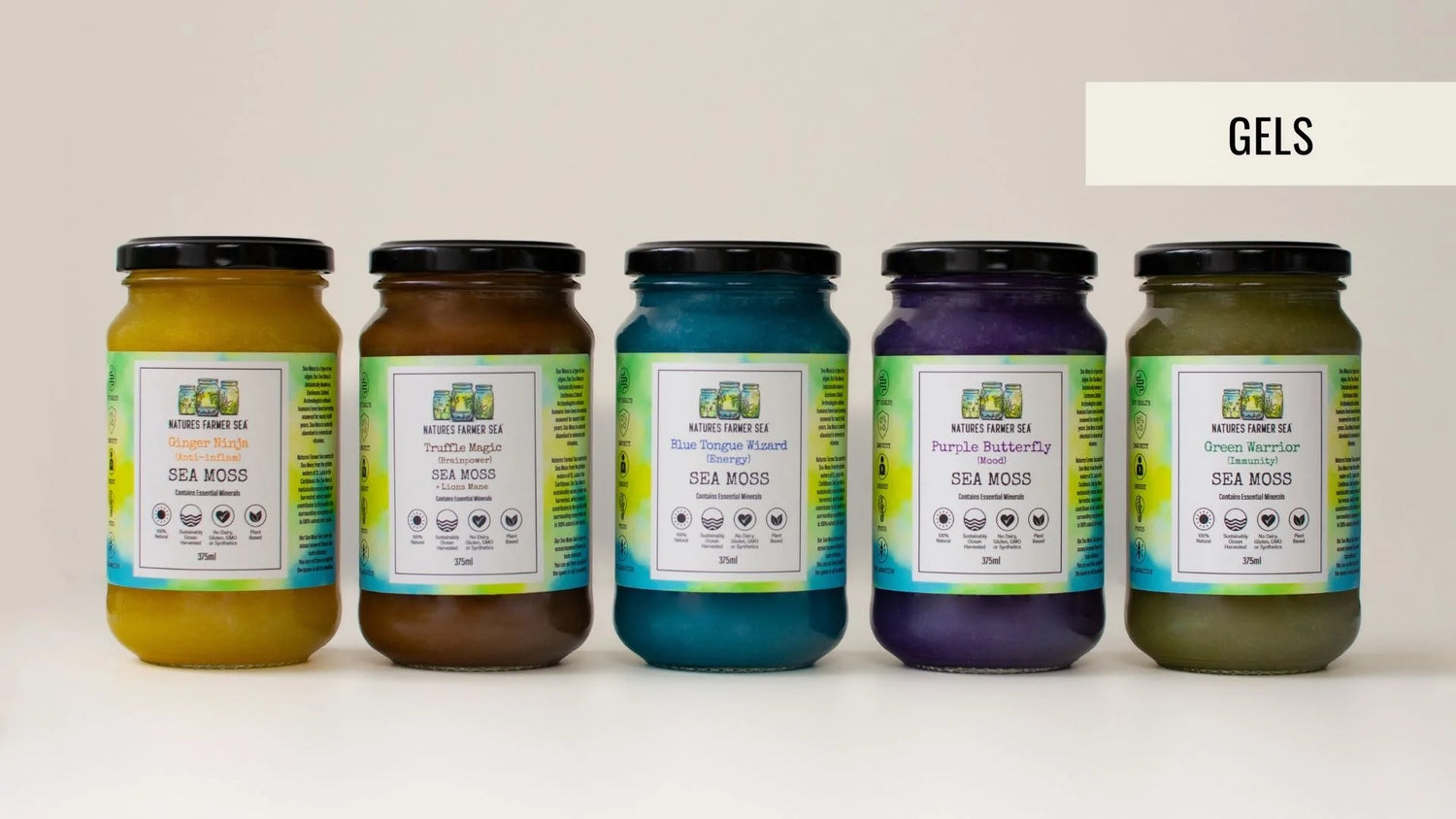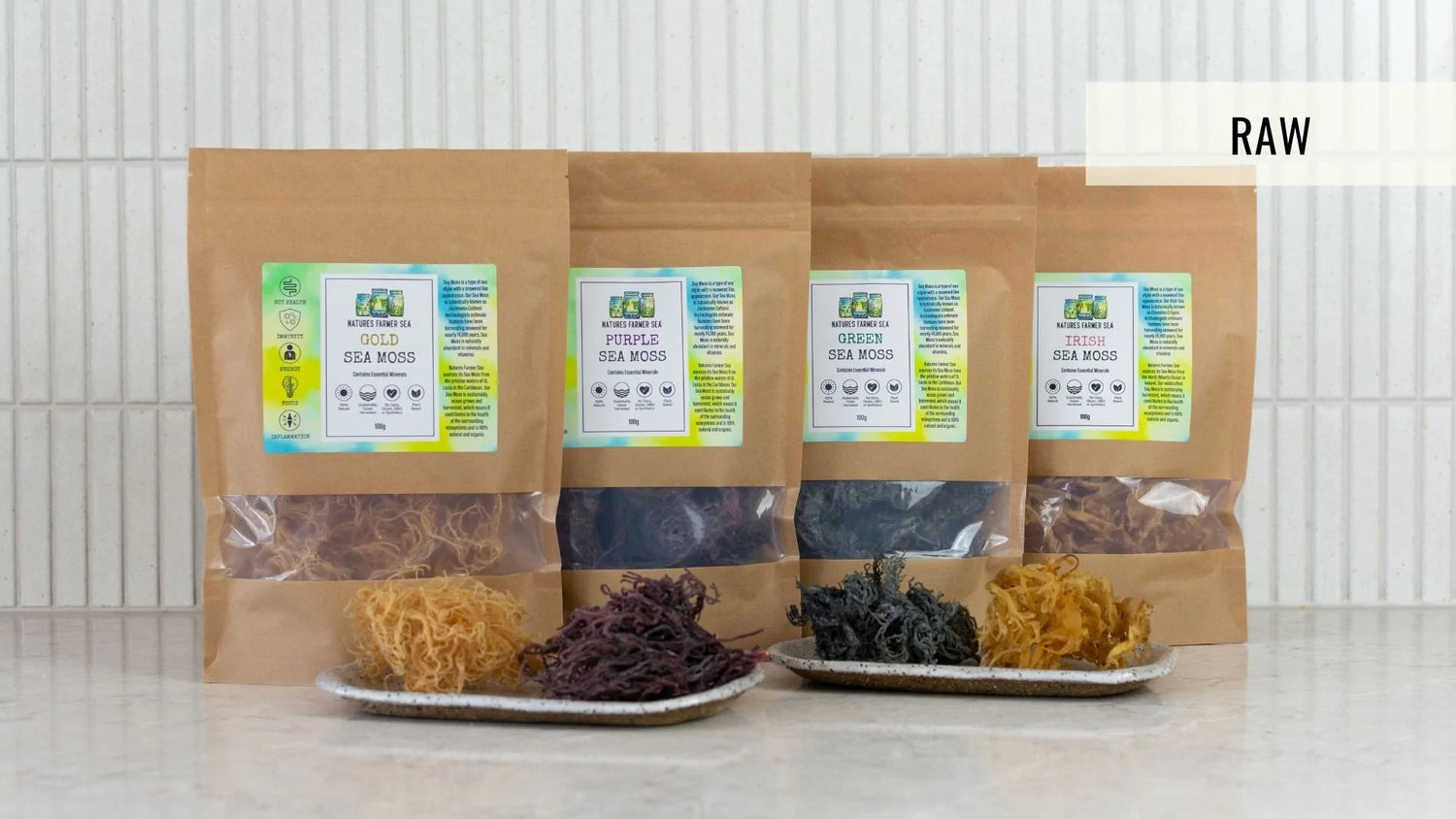
Sea Moss & Collagen
Eucheuma Cottonii & Collagen
Purple Butterfly Flavour
Collagen is a protein that ensures elasticity, hydration, and structural support for skin, and along with elastin, is the main component of the extracellular matrix (ECM) which cross-links to provide support for the skin. Wound healing and skin regeneration are important roles of collagen, and reduced content of this protein in the skin can contribute to the formation of physical wrinkles due to weakening the bond between the epidermis (outermost layer of skin) and dermis (layer of cells below the epidermis comprised of blood vessels, hair follicles and sweat glands).
Collagenase is an enzyme that contributes to the degeneration of collagen structures within the skin. This enzyme can be upregulated due to direct UV radiation or exposure to free radicals.
Sea Moss & Collagen For Free Radicals
Free radicals are unstable and highly reactive molecules that cause damage to DNA and other important macromolecules causing cell damage and disruption to homeostasis (state of equilibrium within the body). Free radicals are derived from normal metabolic processes in the body such as inflammation, in addition to external sources such as cigarette smoking, air pollutants, X-rays, exercise, pesticides, and consuming a highly processed diet.
Blue butterfly pea flower (Clitoria ternatea) found in Natures Farmer Sea Purple Butterfly gel is rich in plant derived polyphenols which exert anti-inflammatory, antioxidant and antiviral properties which function in reducing free radical damage from the listed exposures and therefore reducing the degradation of tissues and cells inclusive of collagen.
Antioxidants can exert their effects through both internal consumption and being applied topically, therefore Sea Moss gel can be used as a facemask for these effects.
We discussed that collagenase contributes to degradation of collagen structures in the skin, and a recent study conducted in 2018 demonstrated the ability of Clitoria ternatea to inhibit the activity of this enzyme by 20%. In addition, Clitoria ternatea extract contains one of the highest phenolic compound contents which can increase collagen synthesis (creation) by accelerating the formation of fibrils which provide stabilisation for tissues.
Healing of bone, tendons and ligaments is dependent on collagen cross-linking and synthesis. When these structures are poorly developed in the absence of adequate collagen production, this can result in inadequate mechanical strength and increased risk of injury.
Vitamin C from the lemon myrtle and lime juice included in Natures Farmer Sea Purple Butterfly gel play essential roles in healing connective tissue, and act as cofactors for enzymes (prolyl and lysyl hydroxylase) which promote appropriate folding of the collagen helix formation. Vitamin C is also a potent antioxidant, further aiding to neutralise reactive oxygen species (created by free radicals) responsible for degrading collagen.
We discussed collagenase as an enzyme that degrades of collagen structures; this enzyme comes from a family called matrix metalloproteinases (MMPs) which degrade all sub-types of collagens and elastin, physically presenting as skin sagging and wrinkling.
Seaweed polysaccharides in Sea Moss can inhibit the expression MMP1 responsible for degrading type 1 collagen which functions in bone, skin, and connective tissue function.
Related tag: seamoss
References:
- Zagórska-Dziok, M., Ziemlewska, A., Bujak, T., Nizioł-Łukaszewska, Z., & Hordyjewicz-Baran, Z. (2021). Cosmetic and Dermatological Properties of Selected Ayurvedic Plant Extracts. Molecules (Basel, Switzerland), 26(3), 614. https://doi.org/10.3390/molecules26030614
- DePhillipo, N. N., Aman, Z. S., Kennedy, M. I., Begley, J. P., Moatshe, G., & LaPrade, R. F. (2018). Efficacy of Vitamin C Supplementation on Collagen Synthesis and Oxidative Stress After Musculoskeletal Injuries: A Systematic Review. Orthopaedic journal of sports medicine, 6(10), 2325967118804544. https://doi.org/10.1177/2325967118804544
- Lobo, V., Patil, A., Phatak, A., & Chandra, N. (2010). Free radicals, antioxidants and functional foods: Impact on human health. Pharmacognosy reviews, 4(8), 118–126. https://doi.org/10.4103/0973-7847.70902
- Jesumani, V., Du, H., Aslam, M., Pei, P., & Huang, N. (2019). Potential Use of Seaweed Bioactive Compounds in Skincare-A Review. Marine drugs, 17(12), 688. https://doi.org/10.3390/md17120688
Article and Research by Alicia Bevc.



